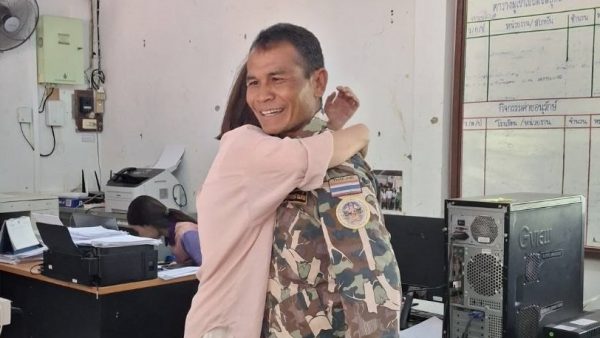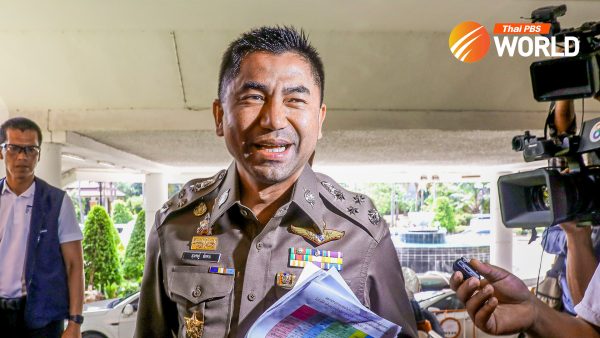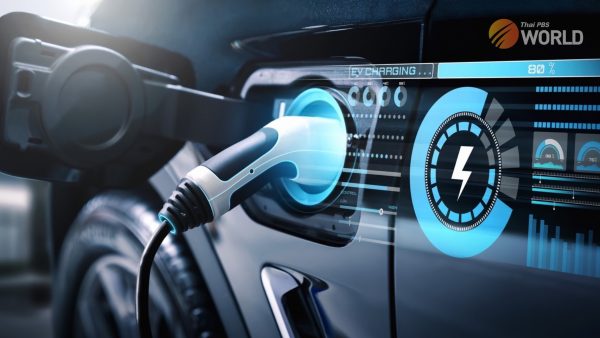Australia may keep coronavirus restrictions for a year, schools may work on roster

SYDNEY (Reuters) – Australian public life could be constrained for another year because of the coronavirus pandemic, Prime Minister Scott Morrison warned on Friday, as the country’s most populous state mulled sending children to school in shifts.
Australia has so far avoided the high numbers of coronavirus casualties reported around the world after closing its borders and imposing strict “social distancing” measures for the past month.
Restaurants, bars and other “non-essential” businesses have closed and public gatherings of more than two people are banned under the threat of fines and even prison, measures that are expected to double the unemployment rate by mid-year.
In response, the daily growth rate of reported new infections has steadied in the low percentage single digits, from about 25% several weeks ago, for a total of about 6,500 infections, including 63 deaths.
Prime Minister Scott Morrison said some measures, like the rule requiring people to stand at least 1.5 metres apart, would likely remain for several months, given there was no guarantee a vaccine would be developed in that time.
“Social distancing is something we should get very used to,” Morrison told radio station 3AW. “It could be a year, but I’m not speculating about that.”
“Certainly while the virus is prevalent across the world (the 1.5 metre rule) should be a natural instinct.”
Morrison had said on Thursday the wider social distancing measures would be in place for at least another four weeks, while advocating the reopening of schools across the country, citing medical advice that children are a low risk of transmission.
That guidance has been contradicted by several states and territories, which are responsible for schools governance, and brought a public backlash from parents and teachers concerned about exposure to the virus.
In Australia’s second most populous state, Victoria, just 3% of children returned to school after the Easter break this week, while the most populous state, New South Wales, has children still on a break.
“We are considering our options around a rostering system which will have some students go back on a particular day to increase that level of face-to-face,” New South Wales Premier Gladys Berejiklian told reporters on Friday.
“The alternative is that unfortunately students could face up to a year or longer at home and we don’t that’s appropriate,” she added.






